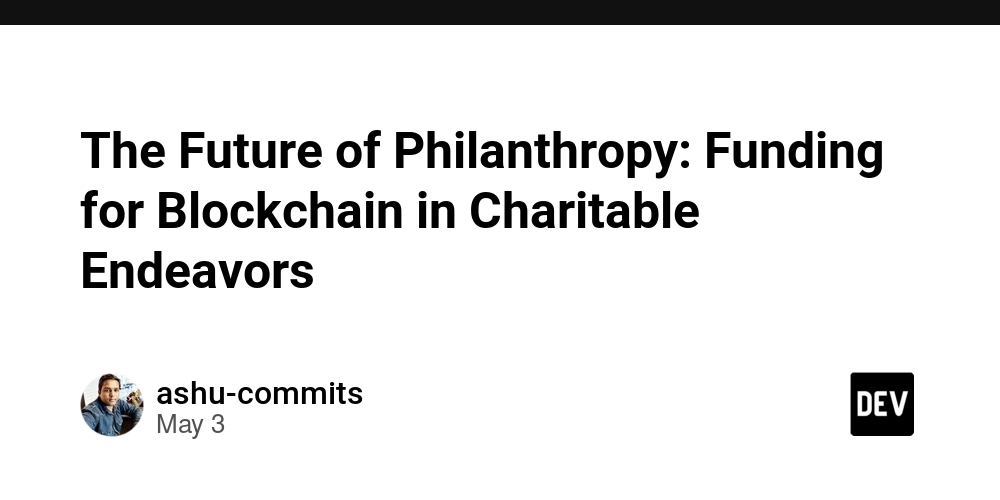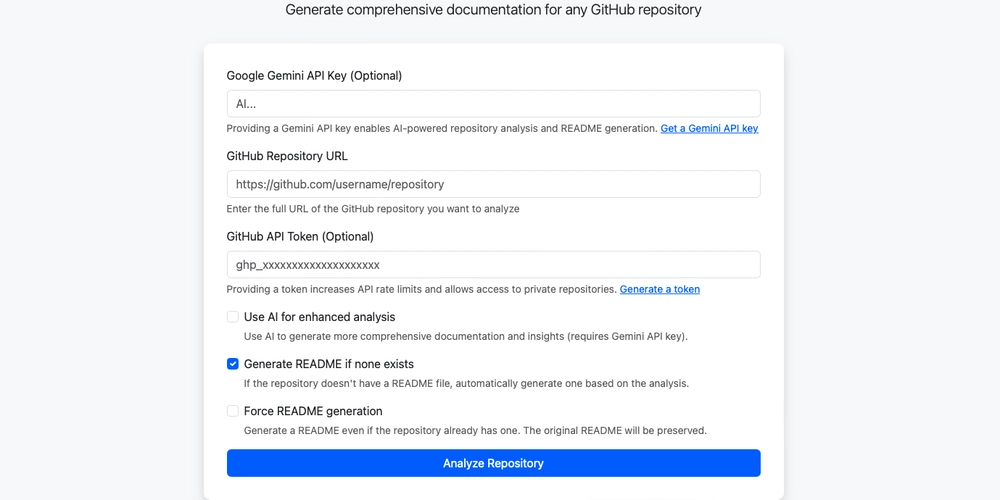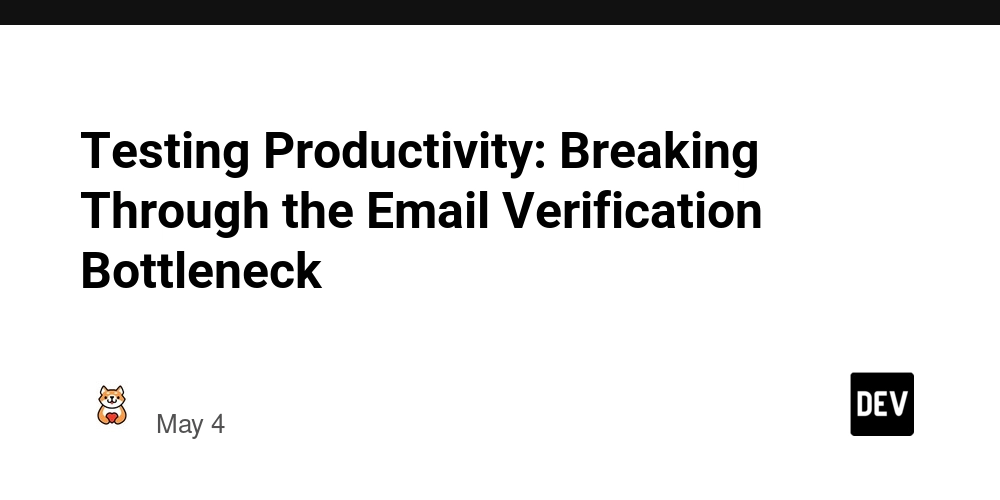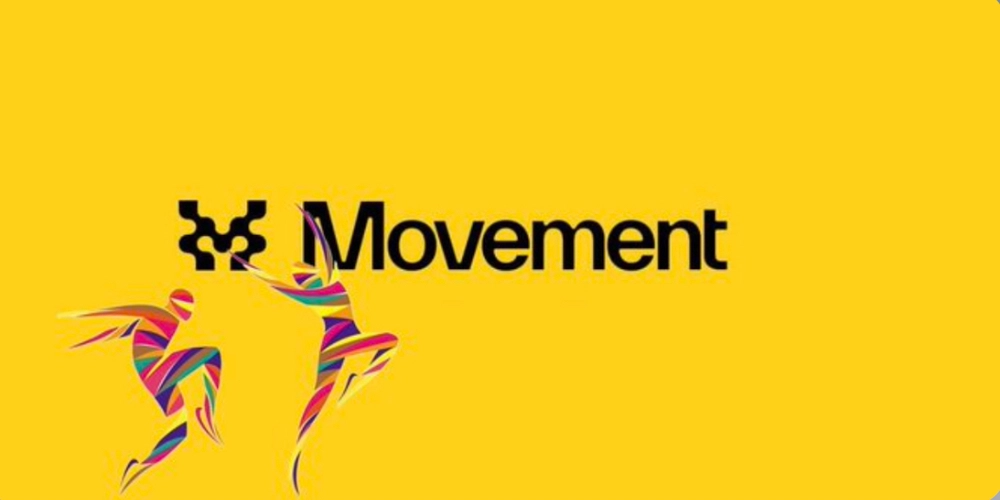The Future of Philanthropy: Funding for Blockchain in Charitable Endeavors
Abstract: Blockchain technology is rapidly reshaping many sectors, and philanthropy is no exception. In this post, we explore how blockchain boosts transparency, reduces administrative costs, and builds trust in charitable endeavors. We discuss the history and core concepts of blockchain, its current applications in charity, challenges to its implementation, and future innovations that could revolutionize funding for philanthropic projects. We also highlight key links for further reading—from technical guides on blockchain to real-world examples of its use in charity—making this article a comprehensive roadmap for those interested in the future of philanthropy. Introduction Blockchain technology, once seen only as a tool for cryptocurrencies, is now making waves in diverse fields. In the charitable sector, blockchain promises to solve age-old issues of trust, transparency, and administrative overload. This article examines how funding for blockchain initiatives in charity is gaining momentum, explores current developments, and looks ahead to a future where blockchain may become the backbone of global philanthropy. For a detailed look at this subject, check out The Future of Philanthropy: Funding for Blockchain in Charitable Endeavors. Background and Context Blockchain is a decentralized digital ledger that records transactions across multiple computers. This technology prevents single points of failure, ensuring that records are secure and immutable. Its use of cryptographic principles links each transaction to the previous one, forming a transparent chain. This transparency is vital for charities where donors expect their contributions to be used appropriately. Historically, charities have faced challenges—ranging from inefficient administrative processes to opaque financial reporting—that sometimes undermine donor trust. Blockchain offers a new approach: Decentralization: No central authority controls the ledger, reducing risk of data tampering. Transparency: Every transaction is recorded and cannot easily be altered, instilling trust in donors. Efficiency: Smart contracts and automated processes reduce administrative overhead. Sources such as IBM’s guide on blockchain provide a technical overview, confirming blockchain’s role as an enabling technology across industries. Core Concepts and Features Blockchain is built on several foundational principles that make it ideally suited to solve inherent challenges in charity. Key Features Immutable Ledger: Once a transaction is recorded, it is nearly impossible to alter. Smart Contracts: These are self-executing contracts with the rules directly written in code. They cut down paperwork and lower costs by automating processes. Find more about these in our discussion on smart contracts on blockchain. Decentralized Governance: Blockchain projects often rely on decentralized models such as DAOs (Decentralized Autonomous Organizations) to manage funds and projects transparently. Table of Core Blockchain Features vs. Charity Needs Blockchain Feature Benefit for Charity Example in Use Immutable Ledger Ensures transaction integrity Transparent donation tracking Smart Contracts Reduces administrative overhead Automated fund disbursement Decentralized Governance Empowers communities and reduces central control DAO-managed charitable organizations Transparency & Auditability Enhances donor trust Real-time reporting on fund utilization Overlapping Benefits Transparency in blockchain mirrors the accountability expected in charity. Efficiency gains through automated processes lead to more funds reaching beneficiaries. Enhanced security minimizes fraud, a critical aspect for donor confidence. For further insights into the synergy between blockchain and open source licensing, see blockchain and open source licensing. Applications and Use Cases Blockchain is already finding its niche in charitable endeavors. Below are some practical examples: Case Study 1: Cryptocurrency Donations Platforms like GiveTrack by BitGive allow donors to track how each contribution is spent in real time. Blockchain’s immutable ledger ensures that donations are recorded transparently, reducing skepticism about fund mismanagement. Case Study 2: Smart Contracts for Automated Disbursement Organizations have started using smart contracts to automate the process of fund disbursement. When specific conditions are met (e.g., a beneficiary submits the required documentation), a smart contract automatically releases funds. This process not only minimizes human error but also reduces overhead costs, ensuring that more donations directly support the cause. Case Study 3: Blockchain in Global Aid Initiatives UNICEF’s Innovation Fund has ventured into blockchain to track and verify the allocation of funds in disaster relief operations. By leveragi

Abstract:
Blockchain technology is rapidly reshaping many sectors, and philanthropy is no exception. In this post, we explore how blockchain boosts transparency, reduces administrative costs, and builds trust in charitable endeavors. We discuss the history and core concepts of blockchain, its current applications in charity, challenges to its implementation, and future innovations that could revolutionize funding for philanthropic projects. We also highlight key links for further reading—from technical guides on blockchain to real-world examples of its use in charity—making this article a comprehensive roadmap for those interested in the future of philanthropy.
Introduction
Blockchain technology, once seen only as a tool for cryptocurrencies, is now making waves in diverse fields. In the charitable sector, blockchain promises to solve age-old issues of trust, transparency, and administrative overload. This article examines how funding for blockchain initiatives in charity is gaining momentum, explores current developments, and looks ahead to a future where blockchain may become the backbone of global philanthropy.
For a detailed look at this subject, check out The Future of Philanthropy: Funding for Blockchain in Charitable Endeavors.
Background and Context
Blockchain is a decentralized digital ledger that records transactions across multiple computers. This technology prevents single points of failure, ensuring that records are secure and immutable. Its use of cryptographic principles links each transaction to the previous one, forming a transparent chain. This transparency is vital for charities where donors expect their contributions to be used appropriately.
Historically, charities have faced challenges—ranging from inefficient administrative processes to opaque financial reporting—that sometimes undermine donor trust. Blockchain offers a new approach:
- Decentralization: No central authority controls the ledger, reducing risk of data tampering.
- Transparency: Every transaction is recorded and cannot easily be altered, instilling trust in donors.
- Efficiency: Smart contracts and automated processes reduce administrative overhead.
Sources such as IBM’s guide on blockchain provide a technical overview, confirming blockchain’s role as an enabling technology across industries.
Core Concepts and Features
Blockchain is built on several foundational principles that make it ideally suited to solve inherent challenges in charity.
Key Features
- Immutable Ledger: Once a transaction is recorded, it is nearly impossible to alter.
- Smart Contracts: These are self-executing contracts with the rules directly written in code. They cut down paperwork and lower costs by automating processes. Find more about these in our discussion on smart contracts on blockchain.
- Decentralized Governance: Blockchain projects often rely on decentralized models such as DAOs (Decentralized Autonomous Organizations) to manage funds and projects transparently.
Table of Core Blockchain Features vs. Charity Needs
| Blockchain Feature | Benefit for Charity | Example in Use |
|---|---|---|
| Immutable Ledger | Ensures transaction integrity | Transparent donation tracking |
| Smart Contracts | Reduces administrative overhead | Automated fund disbursement |
| Decentralized Governance | Empowers communities and reduces central control | DAO-managed charitable organizations |
| Transparency & Auditability | Enhances donor trust | Real-time reporting on fund utilization |
Overlapping Benefits
- Transparency in blockchain mirrors the accountability expected in charity.
- Efficiency gains through automated processes lead to more funds reaching beneficiaries.
- Enhanced security minimizes fraud, a critical aspect for donor confidence.
For further insights into the synergy between blockchain and open source licensing, see blockchain and open source licensing.
Applications and Use Cases
Blockchain is already finding its niche in charitable endeavors. Below are some practical examples:
Case Study 1: Cryptocurrency Donations
Platforms like GiveTrack by BitGive allow donors to track how each contribution is spent in real time. Blockchain’s immutable ledger ensures that donations are recorded transparently, reducing skepticism about fund mismanagement.
Case Study 2: Smart Contracts for Automated Disbursement
Organizations have started using smart contracts to automate the process of fund disbursement. When specific conditions are met (e.g., a beneficiary submits the required documentation), a smart contract automatically releases funds. This process not only minimizes human error but also reduces overhead costs, ensuring that more donations directly support the cause.
Case Study 3: Blockchain in Global Aid Initiatives
UNICEF’s Innovation Fund has ventured into blockchain to track and verify the allocation of funds in disaster relief operations. By leveraging blockchain, UNICEF cuts through bureaucratic red tape and ensures transparency, a critical factor for donor confidence. Reports about these initiatives can be found in related articles like blockchain for charity.
Below is a bullet list summarizing key use cases:
- Cryptocurrency Donations: Real-time tracking of funds.
- Automated Fund Disbursement: Smart contracts reduce human error.
- Global Aid Distribution: Increased transparency in emergency relief.
- Decentralized Decision-Making: Use of DAOs to empower local communities.
Challenges and Limitations
While blockchain holds enormous promise, its path to widespread adoption in philanthropy is not without obstacles.
Technical Barriers
- Scalability: As the number of transactions increases, some networks may struggle to maintain speed. Efforts such as the development of layer 2 solutions and newer consensus mechanisms aim to address this.
- Interoperability: A wide variety of blockchains exist, and ensuring these networks work seamlessly with one another can be challenging. This is where solutions like arbitrum and ethereum interoperability become important.
- Smart Contract Vulnerabilities: Coding errors or vulnerabilities in smart contracts can pose risks. Rigorous audits and best practices, as discussed in security forums, are essential.
Regulatory Hurdles
- Different countries have varying stances on cryptocurrency and blockchain technology. Navigating these regulations is complex but necessary for successful international charitable initiatives.
- Volatility of Cryptocurrencies: Changing cryptocurrency values can affect donation amounts, which may pose a risk for time-sensitive charitable projects.
Adoption and Trust
- User Familiarity: For many donors and organizations, blockchain remains a novel concept. Bridging this knowledge gap through education and transparent practices is crucial.
- Integration Costs: Existing charity infrastructure may require significant investment to integrate blockchain technology.
A recent article on blockchain scalability solutions provides a technical deep dive into how the industry is addressing some of these challenges.
Future Outlook and Innovations
The future of philanthropy, empowered by blockchain, holds many exciting possibilities:
Integration of AI and IoT
- Artificial Intelligence (AI): Future blockchain systems could incorporate AI to analyze donation data and optimize fund allocation. AI can also assist in detecting anomalies and preventing fraud.
- Internet of Things (IoT): IoT devices combined with blockchain could further enhance transparency. For example, in disaster relief, IoT sensors could monitor resource distribution and automatically trigger smart contracts for fund releases.
Rise of Decentralized Autonomous Organizations (DAOs)
DAOs represent a new paradigm in decentralized governance. As philanthropic organizations evolve, DAOs will allow stakeholders to participate directly in decision-making. This model is already gaining traction and can be seen as an extension of initiatives discussed on platforms like Gitcoin.
Enhanced Public-Private Partnerships
Collaboration between governments, private entities, and non-profits will foster a more inclusive and robust ecosystem. These partnerships can ensure that blockchain innovations are both scalable and compliant with regulatory frameworks.
Innovating with New Funding Models
Blockchain is reshaping fundraising methodologies. For instance:
- Tokenized Donations: Allows donors to receive tokens representing a stake in a cause or project, potentially yielding future benefits.
- Crowdfunding via Smart Contracts: Ensures that funds are only released when specific project goals are met, mitigating the risk of misappropriation.
Selected Innovative Links from the Blockchain Community
To gauge future trends in decentralized technologies, check out these links from the blockchain sector:
- Arbitrum and De-Fi Yield
- Arbitrum and Ethereum Interoperability
- Arbitrum and Network Upgrades
- Arbitrum and Tokenomics
- Arbitrum and Community Governance
Insights from Dev.to
For an external perspective on funding and governance in open source and blockchain, consider these in-depth posts from the Dev.to community:
- Unlocking the Future: Open Source and Blockchain Funding Revolution
- Fueling the Future: Funding Blockchain Projects in Emerging Markets
- Decentralized Governance in Open Source: Bridging Innovation and Community
These resources delve into related topics and provide a broader context for the discussion on future funding models and governance mechanisms.
Summary
Blockchain technology is set to revolutionize charitable endeavors by providing unmatched transparency, reducing administrative costs, and fostering an environment of trust. This post examined:
- Background and Context: How blockchain’s immutable ledger and decentralization address long-standing challenges in philanthropy.
- Core Concepts: Key features such as immutable ledgers, smart contracts, and transparency which are essential for charitable operations.
- Applications and Use Cases: Real-world examples like cryptocurrency donations and smart contracts for fund disbursement that showcase the practical benefits for charities.
- Challenges and Limitations: Technical hurdles, regulatory uncertainties, and adoption barriers that need to be overcome.
- Future Outlook and Innovations: Emerging trends including AI integration, IoT use, DAOs, and new crowdfunding models that could redefine how charities operate.
Blockchain is more than a technology—it's a tool that can empower charitable organizations to be more accountable and efficient. As we continue to innovate and address challenges, blockchain-funded charity projects may well become the new norm for effective philanthropy in the digital age.
By leveraging advanced blockchain solutions, regulatory clarity, and community-driven models, the future of philanthropy appears promising. Both donors and organizations stand to benefit from reduced overhead, enhanced trust, and innovative funding models—ensuring that every dollar makes a measurable difference.
Further Reading and Resources
For those interested in learning more, consider exploring these authoritative resources:
- IBM’s Introduction to Blockchain
- Forbes on How Blockchain is Transforming Charity
- Blockchain Transparency in Open Source Projects
Together, these resources provide both the technical framework and the practical insights needed to understand and innovate in the space of blockchain and philanthropy.
Embracing blockchain is not merely a technological upgrade; it is a paradigm shift that holds the promise to transform the world of charitable funding, making philanthropic efforts more responsive, transparent, and impactful.
This exploration of blockchain’s role in philanthropy is just the beginning. As global partnerships, innovations, and regulatory frameworks continue to evolve, funding for blockchain in charity will undoubtedly play a pivotal role in shaping the future of social good worldwide.





































































































































































![[The AI Show Episode 145]: OpenAI Releases o3 and o4-mini, AI Is Causing “Quiet Layoffs,” Executive Order on Youth AI Education & GPT-4o’s Controversial Update](https://www.marketingaiinstitute.com/hubfs/ep%20145%20cover.png)




























































































































![[FREE EBOOKS] Learn Computer Forensics — 2nd edition, AI and Business Rule Engines for Excel Power Users & Four More Best Selling Titles](https://www.javacodegeeks.com/wp-content/uploads/2012/12/jcg-logo.jpg)





![From Art School Drop-out to Microsoft Engineer with Shashi Lo [Podcast #170]](https://cdn.hashnode.com/res/hashnode/image/upload/v1746203291209/439bf16b-c820-4fe8-b69e-94d80533b2df.png?#)







































































































(1).jpg?#)
































_Inge_Johnsson-Alamy.jpg?width=1280&auto=webp&quality=80&disable=upscale#)











































































































![Apple to Split iPhone Launches Across Fall and Spring in Major Shakeup [Report]](https://www.iclarified.com/images/news/97211/97211/97211-640.jpg)
![Apple to Move Camera to Top Left, Hide Face ID Under Display in iPhone 18 Pro Redesign [Report]](https://www.iclarified.com/images/news/97212/97212/97212-640.jpg)
![Apple Developing Battery Case for iPhone 17 Air Amid Battery Life Concerns [Report]](https://www.iclarified.com/images/news/97208/97208/97208-640.jpg)
![AirPods 4 On Sale for $99 [Lowest Price Ever]](https://www.iclarified.com/images/news/97206/97206/97206-640.jpg)
































![[Updated] Samsung’s 65-inch 4K Smart TV Just Crashed to $299 — That’s Cheaper Than an iPad](https://www.androidheadlines.com/wp-content/uploads/2025/05/samsung-du7200.jpg)




































































